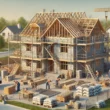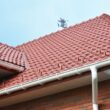People in architecture, engineering, and construction need to get eco-friendly as the construction industry moves forward to stop hurting our planet more. It might seem tough for these firms to pick green options that don’t break the bank, but a lot of these practices can actually help construction go smoother. So, let’s all try to go green whenever we can.
3D Printing
3D printing has revolutionized the construction industry, bringing about significant benefits that go beyond traditional construction methods. This cutting-edge technology plays a pivotal role in reducing material waste, expediting production processes, and providing unparalleled flexibility in design. Some 3D printers are designed to use locally sourced materials like sand and clay, promoting resource efficiency and reducing the environmental footprint of construction projects. What’s truly remarkable is that certain 3D printing technologies incorporate self-healing materials, allowing structures to repair themselves when damaged, further enhancing their sustainability.
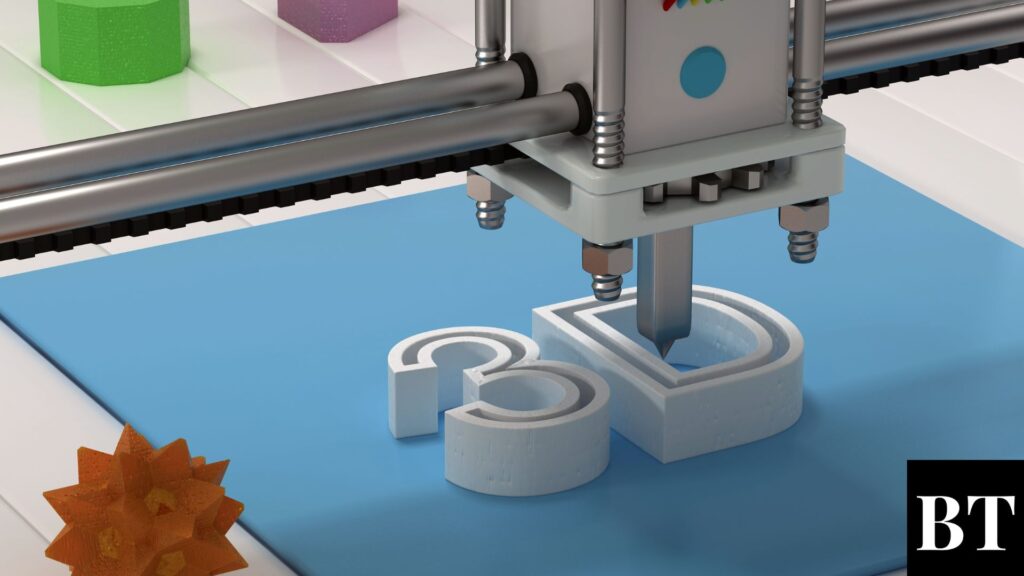
It’s important to note that the impact of 3D printing in construction extends beyond the initial building process. This technology also has the potential to simplify roof repair and maintenance tasks, making them more efficient and cost-effective.
Energy-Efficient Architecture
Efficient architecture is making buildings greener and more high-performing. It’s all about using nature’s perks like sunshine, breezes, and plants to keep the inside of buildings comfy and well-lit. Some buildings even rock green roofs and walls that do double duty by insulating things, handling rainwater, and giving critters a home. Thanks to efficient heating, ventilation, and air conditioning (HVAC) systems, buildings can now chill (or warm up) without going overboard on energy and greenhouse gas emissions.
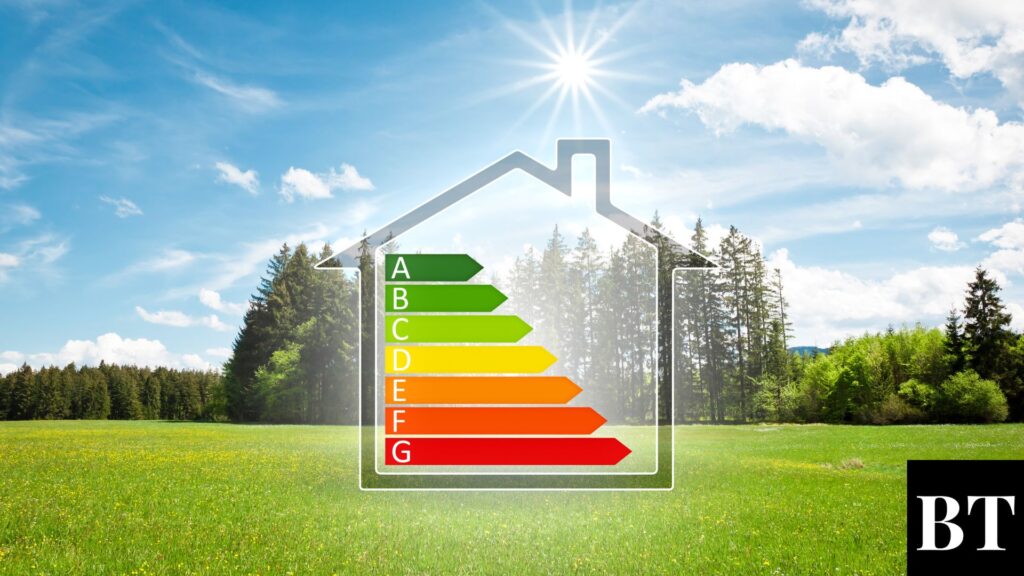
When we talk about making buildings greener, siding replacement services play a part too. They’re all about giving your home a sustainable makeover and keeping it energy-efficient. So, when it comes to eco-friendly living, it’s not just about what’s inside the walls; it’s also about the walls themselves!
Sustainable building materials
Sustainable building materials, including Siding Replacement Services, are at the forefront of environmentally responsible building practices, aiming to minimize the ecological footprint of construction projects. These materials prioritize the use of eco-friendly and renewable resources, thus contributing to the reduction of the environmental impact associated with building and infrastructure development.

Among the diverse range of sustainable construction materials available, several stands out as effective solutions for sustainability. Recycled and reclaimed materials, such as steel, wood, glass, plastic, and siding replacement services, play a pivotal role by both reducing waste and substituting virgin raw materials, thereby conserving natural resources. Bio-based materials, including bamboo, hemp, and straw, represent another sustainable option due to their renewability and biodegradability, aligning with eco-conscious construction practices.
Zero waste building
Zero waste building is all about getting rid of or cutting down on the junk produced during building projects, and it’s not as fancy as it sounds. It means using stuff that won’t poison the planet and that breaks down naturally. We’re talking about materials that don’t stick around forever, but they also don’t hurt the environment. Zero waste construction isn’t just about tossing less stuff in the bin – it’s also about giving a second life to the things we don’t need anymore. Like, those old concrete blocks, bricks, and asphalt from a demolished building? We can take that stuff and make it into something new, instead of just letting it rot in a landfill.
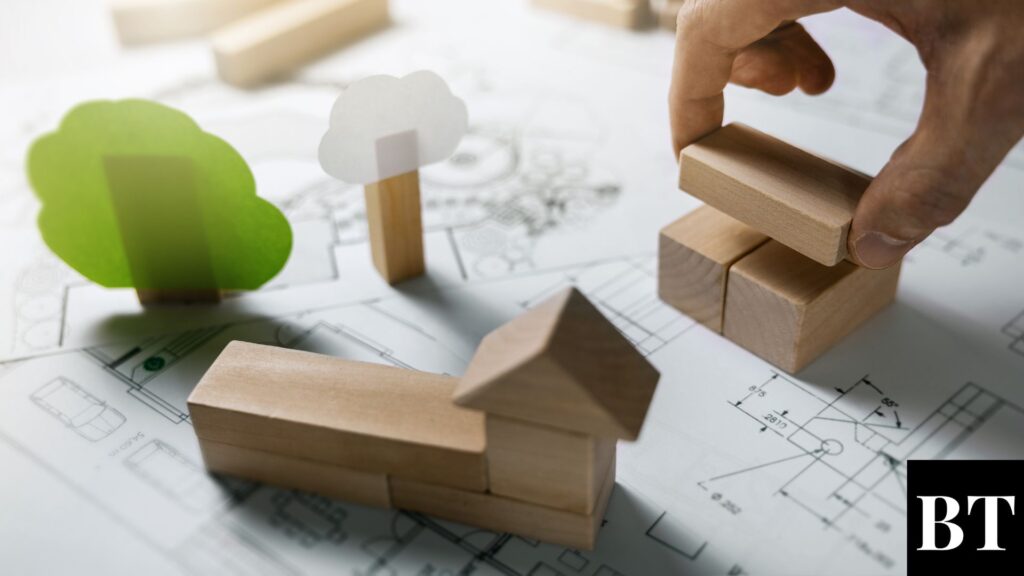
By the way, when we mention the reuse of materials, Siding Replacement Services also play a role in this concept. It’s not limited to new construction; it involves rejuvenating older structures without unnecessary waste.
Immersive construction
Immersive construction, including tools like VR and AR, is all about using digital tech to make the construction world more eco-friendly. It’s like diving into a digital realm where you can work together, try out ideas, and see things before they’re actually built. Imagine creating a virtual version of a construction project that’s just like the real deal. This helps everyone involved communicate better, fine-tune designs, and avoid costly mistakes, even those pesky issues like ice damming.
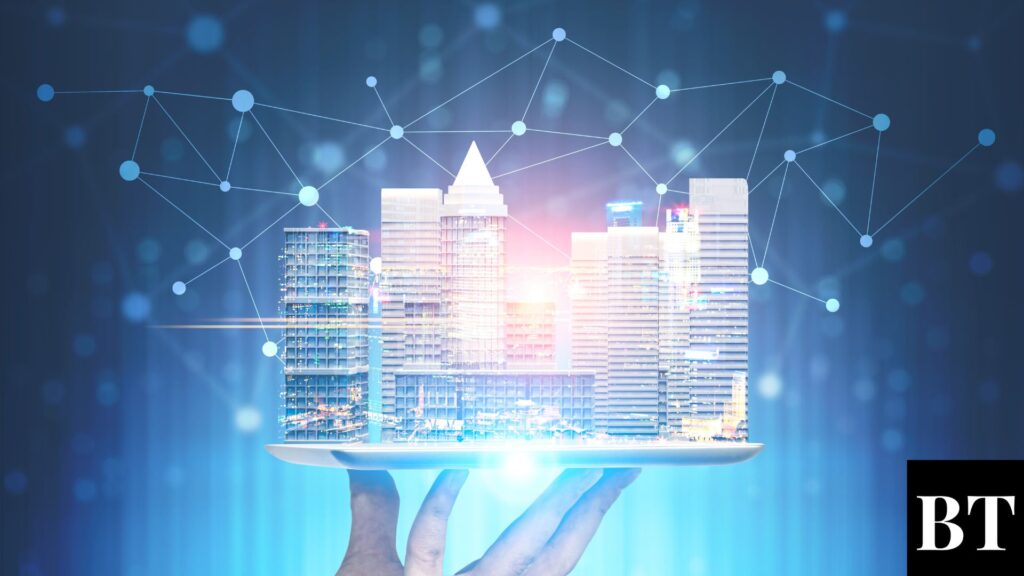
You can also wander around these digital creations in real-time, which is pretty nifty. Plus, it’s a cool way to train workers without putting them in harm’s way. Immersive construction relies on stuff like VR, AR, mixed reality, 3D modeling, cloud computing, and AI to work its magic. And guess what?
Read more:


